(September 16, 2022) When people get to know that Nitin Chordia is a chocolate taster, they can’t help but be curious. What could be a better job than that of a chocolate taster’s is the most common reaction. Though Nitin seconds their opinion with a smile, India’s first certified chocolate taster dons other hats too. As an entrepreneur, he has his work divided between Cocoashala, an academy that trains chocolate makers from around the globe, and Kocoatrait, the chocolate manufacturing company that has his wife, Poonam at the forefront.
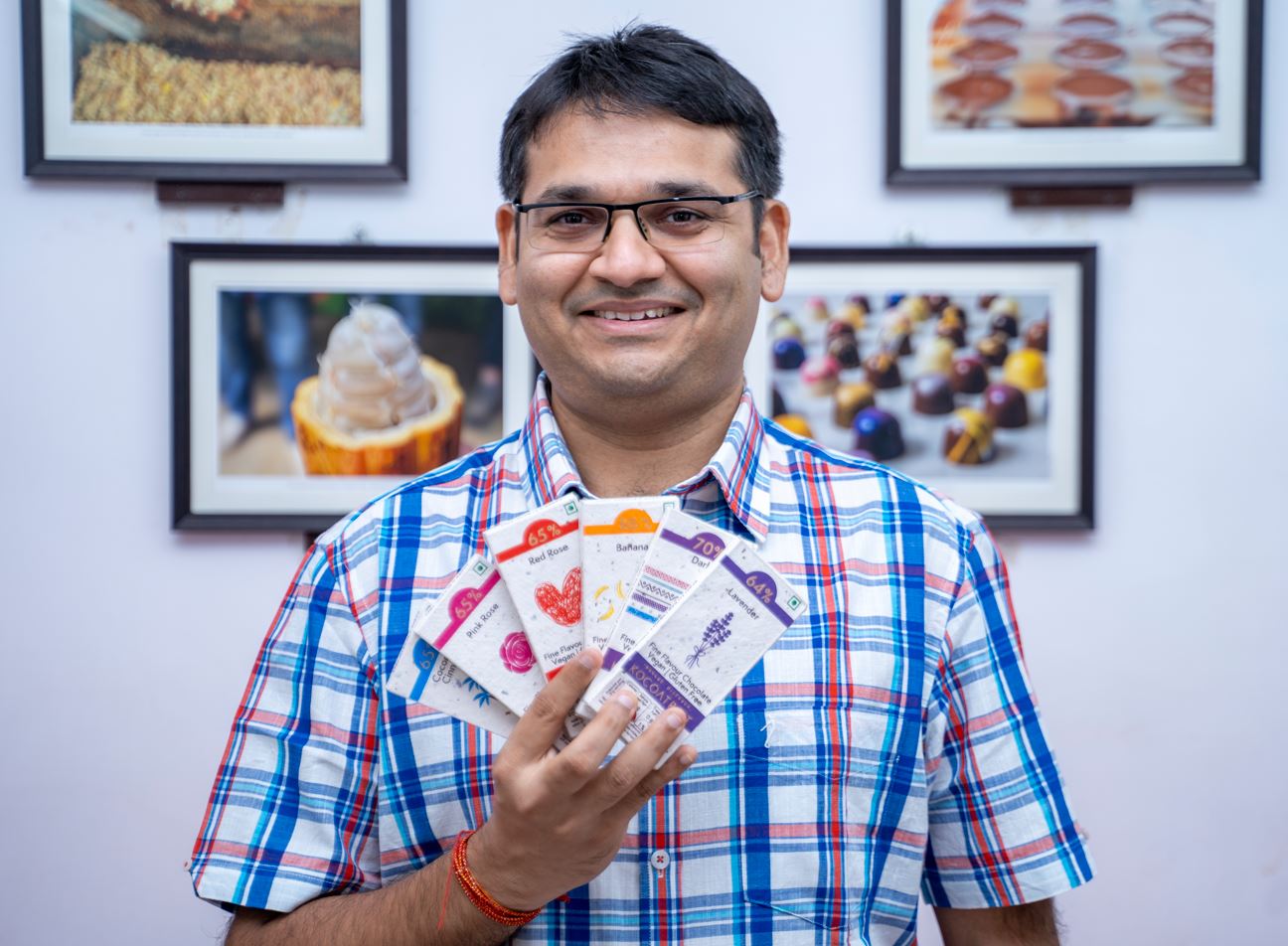
L Nitin Chordia, chocolate taster and entrepreneur
Chocolates that are literally ‘Made in India’
Since long India’s large share of the chocolate market has been claimed by big foreign brands. Thanks to the efforts of chocolate makers like Nitin, we can now enjoy made-in-India chocolates.
In a conversation with Global Indian, he elaborates:
Chocolates in India have been made by big players in the industry for decades. I have tried to revolutionise the concept of made-in-India chocolates in the sense that the ingredients (cocoa beans) that we use for chocolate making are being sourced from Indian farms instead of being imported from outside – Nitin Chordia
That’s what makes his chocolates unique in comparison to the popular brands that have been ruling the market for years now.
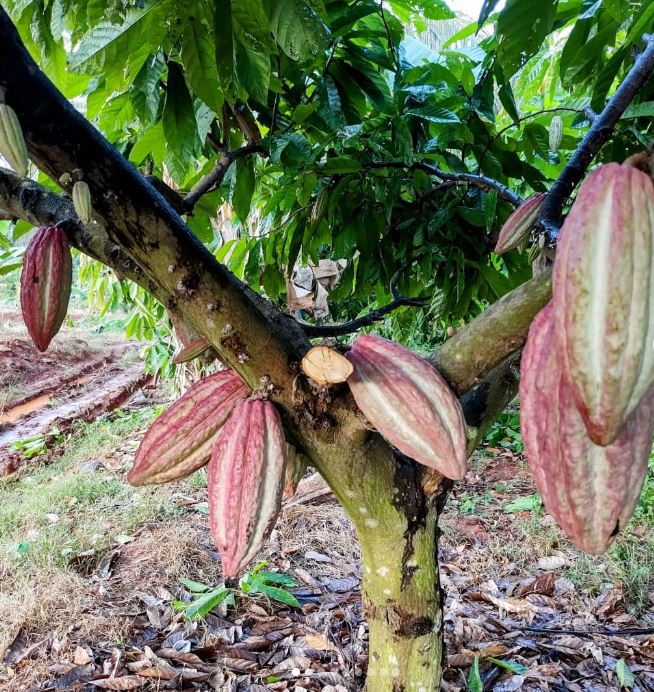
Cocoa pods on a cacao tree in the farm – cocoa beans are inside these pods
Having begun just a few years back, the revolution ushered by Nitin is ‘benefitting the farmers cultivating cocoa beans in India’ and it’s the most satisfying part of the business for him. Talking about the second satisfying aspect, “I can assure you that no child labour is involved in cocoa farming in India, unlike in some other countries,” says the bean-to-bar chocolate maker.
What’s bean-to-bar chocolate making?
A question that’s often posed to Nitin. “Many big companies that make and sell chocolates in India just do the last mile thing, buying chocolate slabs, adding fruits and nuts, and giving them shapes and packaging.” While the bean-to-bar chocolate makers like Nitin are involved in the process right from the beginning – cocoa beans cultivated by the farmers on the cacao trees,” he explains.

From bean to bar
However, big brands, on the other hand, follow cocoa liquor-to-bar or mass-to-bar chocolate production processes. “All they do is buy chocolate paste which is known as cocoa liquor or cocoa mass, bypassing several processes like dealing with the farmers, trying to select the best fruit, getting the cocoa beans fermented, dried, roasted and then turned into paste. They outsource the initial processes,” tells Nitin. Such has been his close association with the farmers that he often sees himself getting into the shoes of the mentor for them to ensure quality produce.
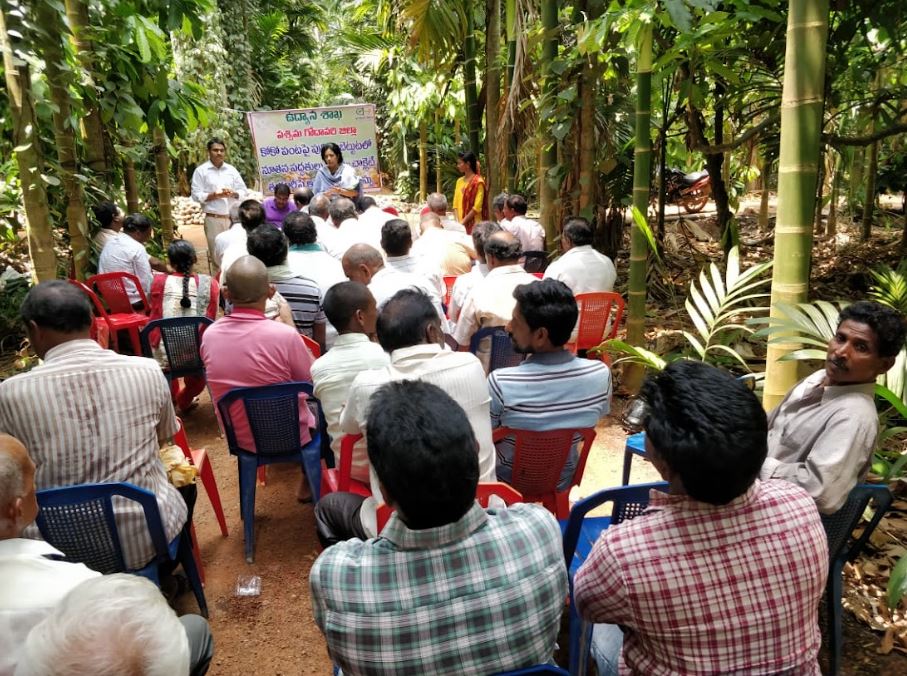
Interaction session with cocoa farmers
It all began when…
Though Nitin dipped his toes in the world of entrepreneurship in 2015, his tryst with confectionery dates back to 2005 when he was working for KSA Technopak, one of India’s largest retail companies and was heading its client Godrej’s Nature Basket project. Nitin was entrusted with the responsibility of establishing the Nature Basket chain of stores across the country for the corporate giant. “In that process, I developed a grasp on several categories of food products. Chocolates particularly interested me from the economic, and business standpoint,” says the Chennai based entrepreneur.
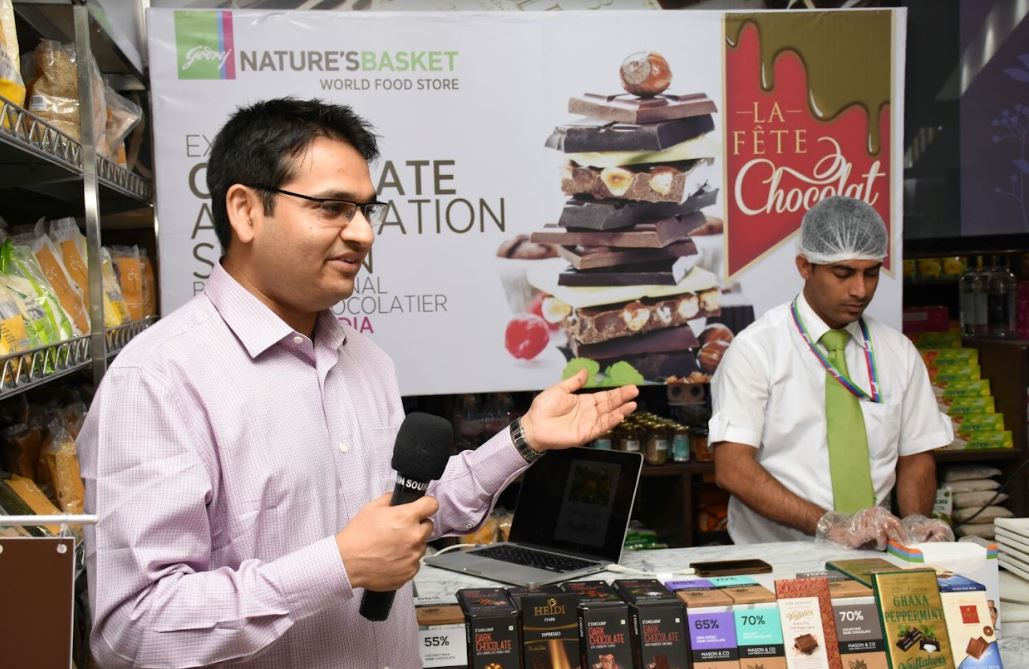
Nitin conducting a chocolate appreciation session
Nitin hails from a family that has been into entrepreneurship since generations, and to be in that space was his ultimate goal as well. However, he wanted to dabble in something new as opposed to his family business in trading, finance and real estate. That’s when he decided to pursue an M Sc in retail management from University of Surrey and later worked for a couple of retail consultancy firms with the plan to eventually foray into entrepreneurship one day.
Expensive lessons
Over the years, Nitin found himself intrigued by the world of chocolates, a business domain he was keen to explore. However, he wanted to do some research before soaking into the world of entrepreneurship, and that’s when he decided to go on a backpacking trip to Belgium, the European Mecca for chocolate. “It took me 20-days to discover that thousands of chocolate sellers actually don’t make chocolates at all. They don’t go to cocoa farms, they don’t buy cocoa fruit, they don’t process or make chocolate in bulk. All they do is buy slabs of chocolate from some manufacturer, put some nuts into it and sell.” This discovery was a gamechanger for Nitin as for him ‘a myth got uncovered.’
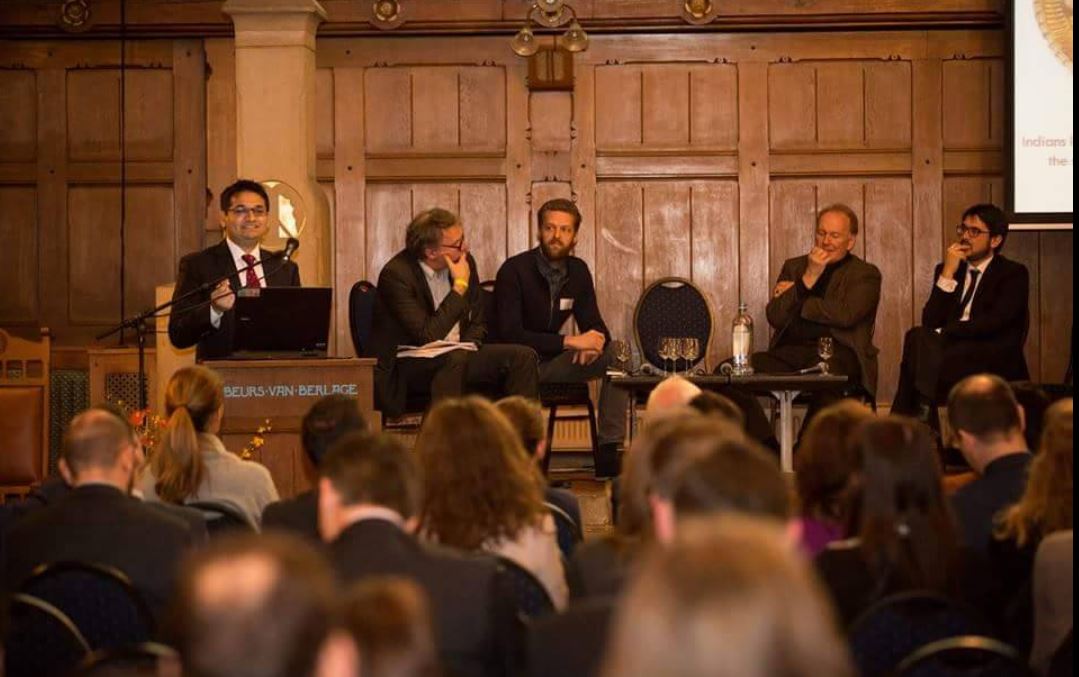
Nitin in one of the sessions abroad
However, there was more as it was on the same trip that he met his mentor Martin Christy, who runs the International Institute of Chocolate and Cacao Tasting in the UK, the only institution of its kind and affiliated to the Government. “We happened to meet in a chocolate museum. Within two weeks, I was back attending a chocolate tasting certification course at his institute, becoming India’s first certified chocolate taster,” Nitin tells. After a few months of clearing the first certification level, he returned for level two getting assured that the chocolate business has huge potential to click. Martin became his mentor.
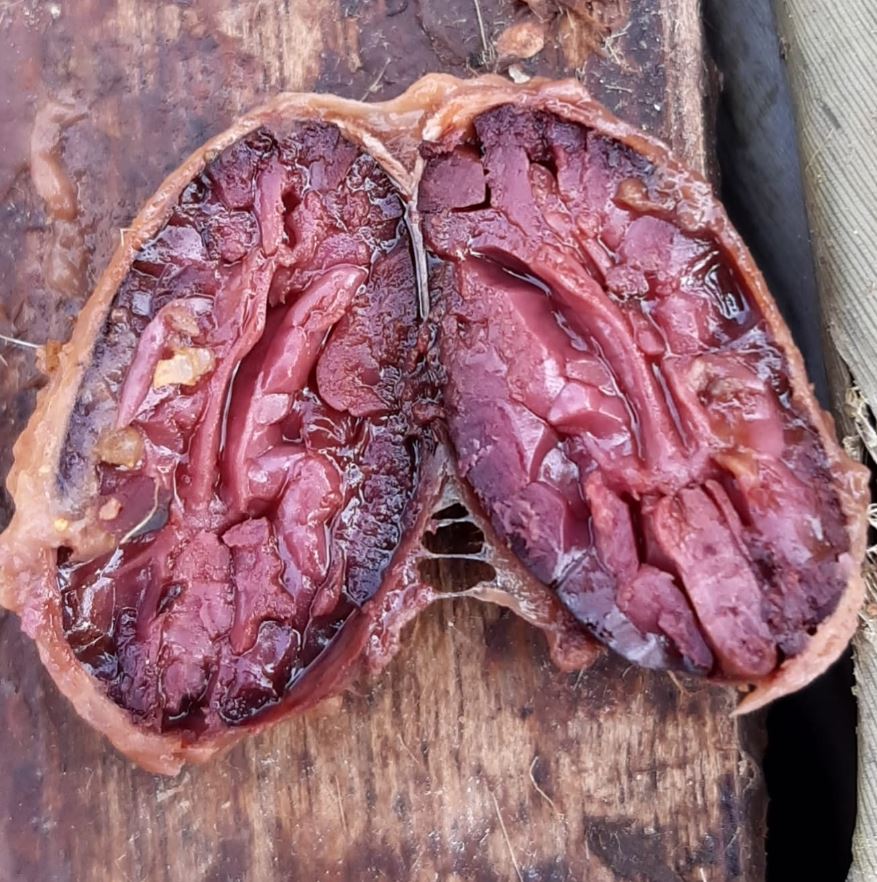
Fermented cocoa beans – in the process of chocolate production
“People had just started understanding speciality tea, coffee, wine but chocolates had never been spoken about,” and he got determined to bring his discoveries and gained knowledge to the forefront.
Making a difference
There were some people making bean-to-bar chocolates at a very small scale in India in places like Puducherry and Mysuru, but the practice was not popular – Nitin Chordia
With the purpose of making cocoa bean farming a profitable venture in India, he opened a franchisee of his mentor’s institute in the country giving fuel to business ideas of other entrepreneurs to start chocolate making ventures with ingredients produced in the country.
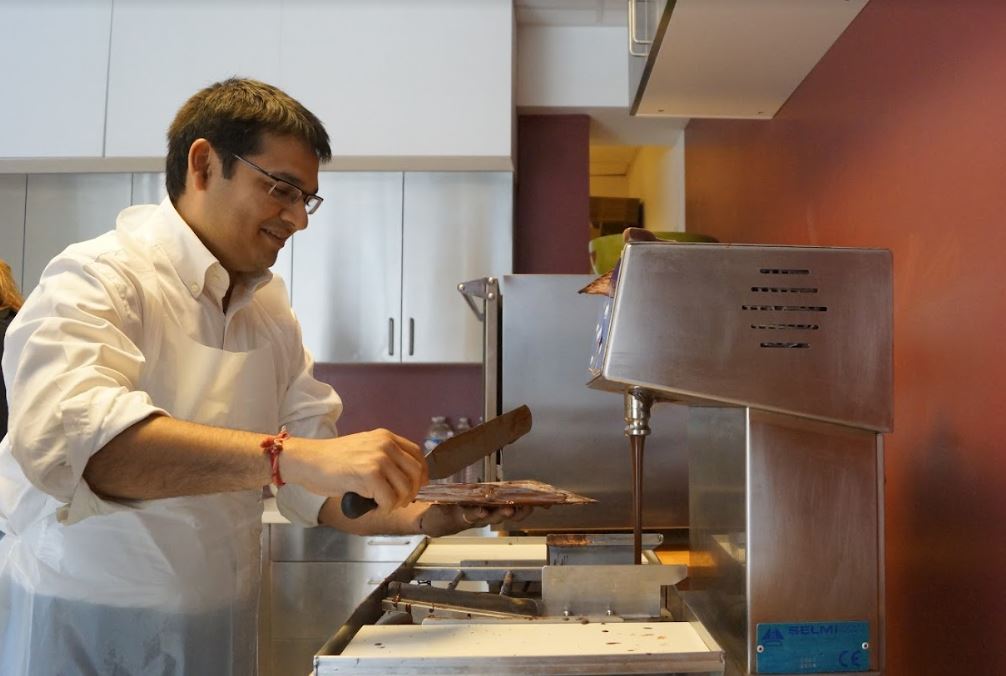
Nitin at one of the training sessions at Cocoashala
Nitin’s Cocoashala has not only provided training to some of the most successful bean-to-bar chocolate makers of India but has also enabled their businesses by hand-holding them throughout the process. Through his consultancy venture, Nitin has helped them out with machinery, raw material, recipe development, being instrumental in ensuring their transition from learners to professional chocolate makers. There are 12 well-known bean-to-bar chocolate entrepreneurs in the country who have been successful in their businesses under Nitin’s mentorship. One of them being Paul and Mike, India’s largest bean-to-bar chocolate makers.
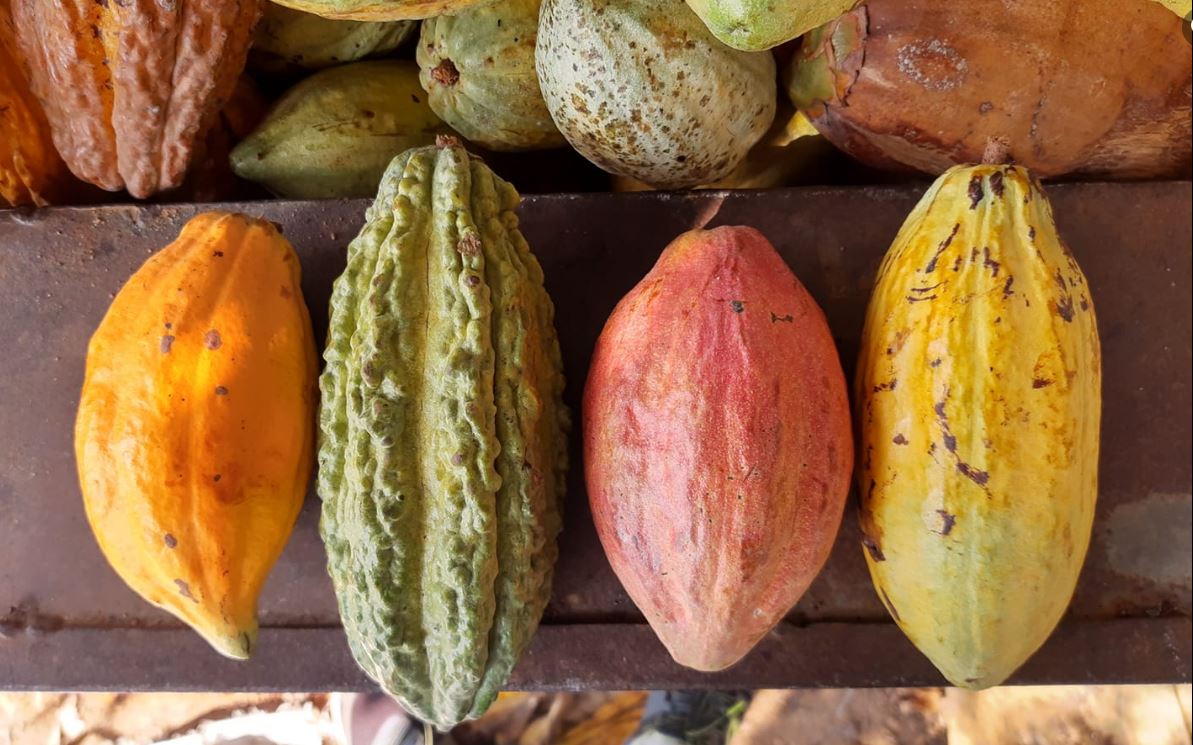
Different types of cocoa pods
All the entrepreneurs whom Nitin has mentored have been sourcing cocoa beans from farmers in Karnataka, Kerala, Andhra and Tamil Nadu, giving a boost to the economy.
Strong partnership
Poonam Chordiya, Nitin’s wife has had a significant role behind the success of both Cocoashala and Kocoatrait. “It was she who was instrumental in the idea of me starting Cocoashala. When in 2015 we talked about bean-to-bar chocolate making, everyone laughed at us. Poonam coaxed me to monetise the insights I gained through extensive travels and expensive mistakes.”
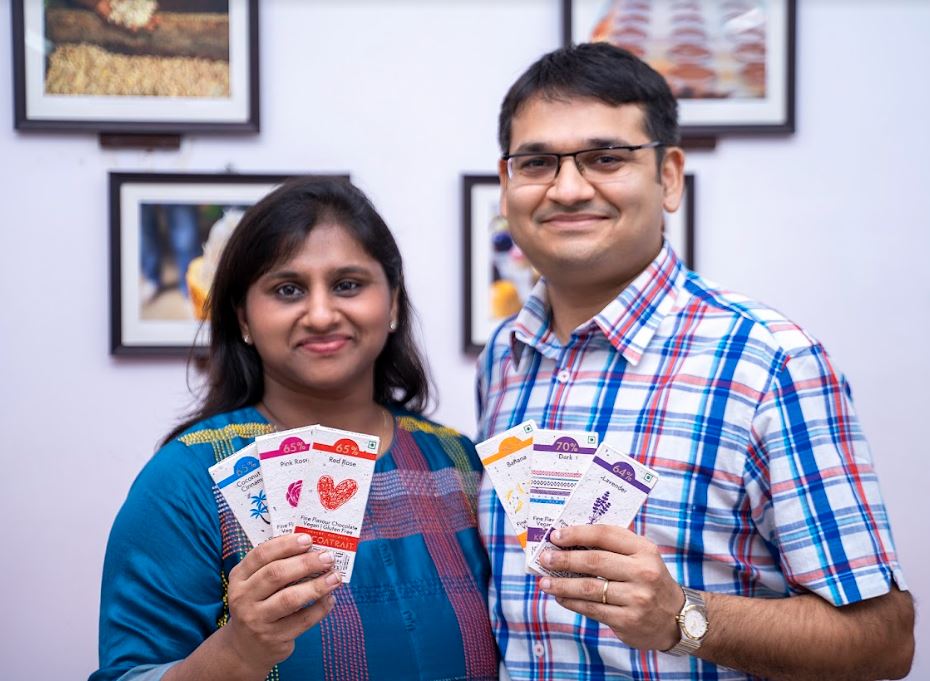
Nitin with his wife, Poonam Chordia
Once Cocoashala got stable, they started Kocoatrait in 2019, manufacturing chocolates and coming up with the end product with an all-women’s team. “Poonam is the brain, soul and heart behind the Kocoatrait brand,” Nitin says. The couple has been working diligently to let the quality of the products and services do all the talking. “We do not engage in any advertising and PR,” he remarks.
Measuring success
The only way Nitin and Poonam measure success is through the fact that they have saved more than 200 kgs of single use plastic from entering landfills. Their chocolate brand does not use paper or plastic in packaging.
The wrappers are biodegradable, compostable, recyclable, and upcycled in the first place. They are made with cocoa shells which are a by-product of our roasting process that would have otherwise gone into landfill. Apart from that, cotton waste generated by the garment industry in places like Coimbatore is being used for making the wrappers – Nitin Chordia
To compete with established brands is hardly the goal for Nitin. He finds happiness in the fact that he has been able to drive in the point that India is capable of producing internationally acceptable chocolates with Indian-origin ingredients.

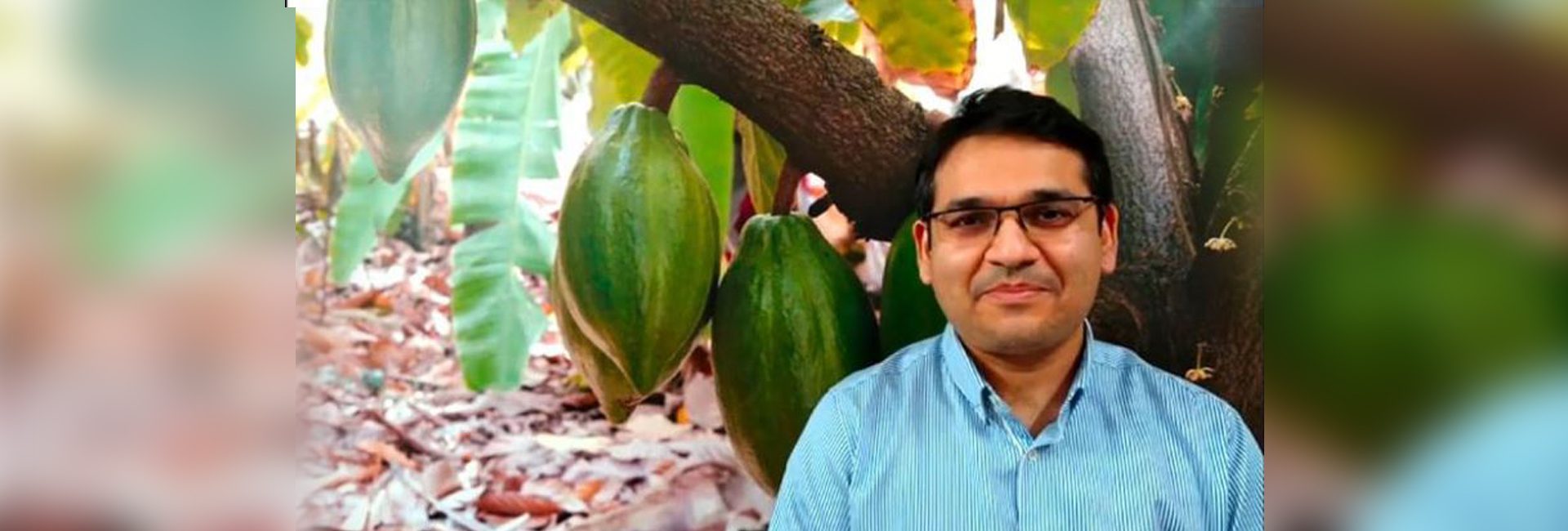

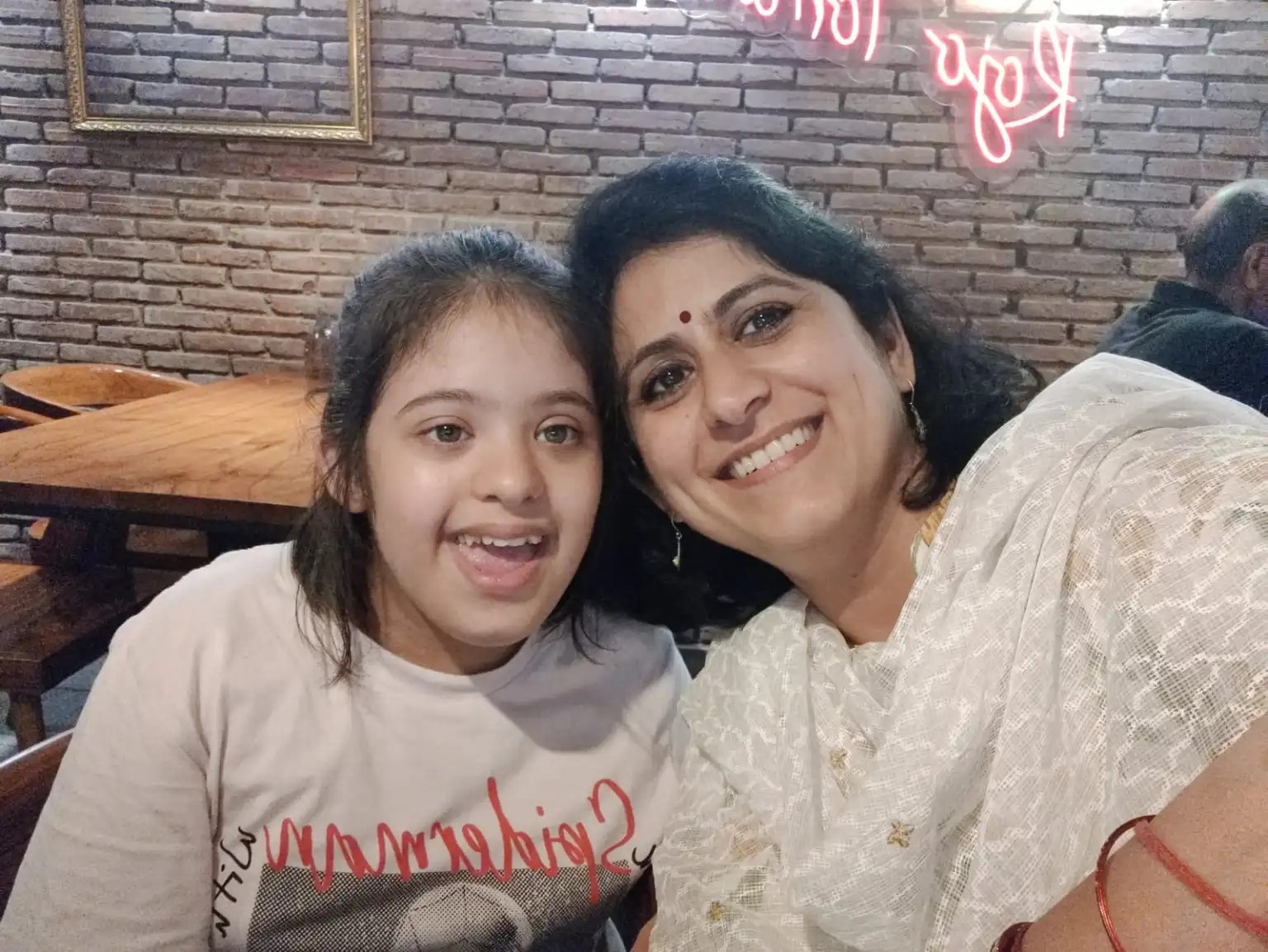 Shivani Dhillon and her daughter, Shreya[/caption]
Shivani Dhillon and her daughter, Shreya[/caption]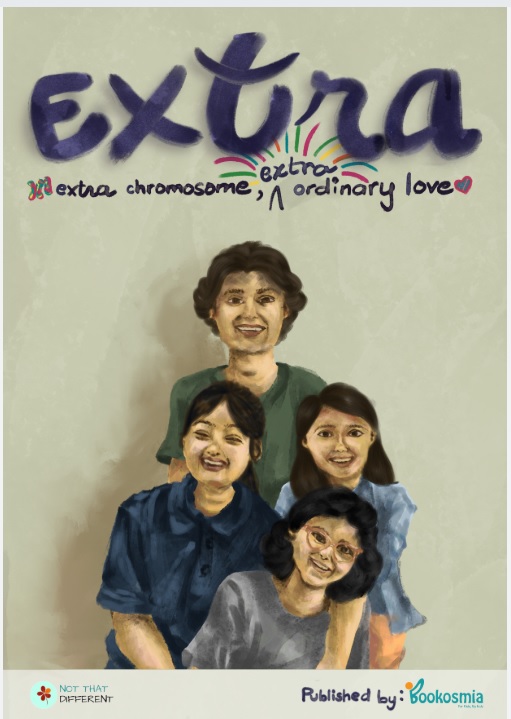
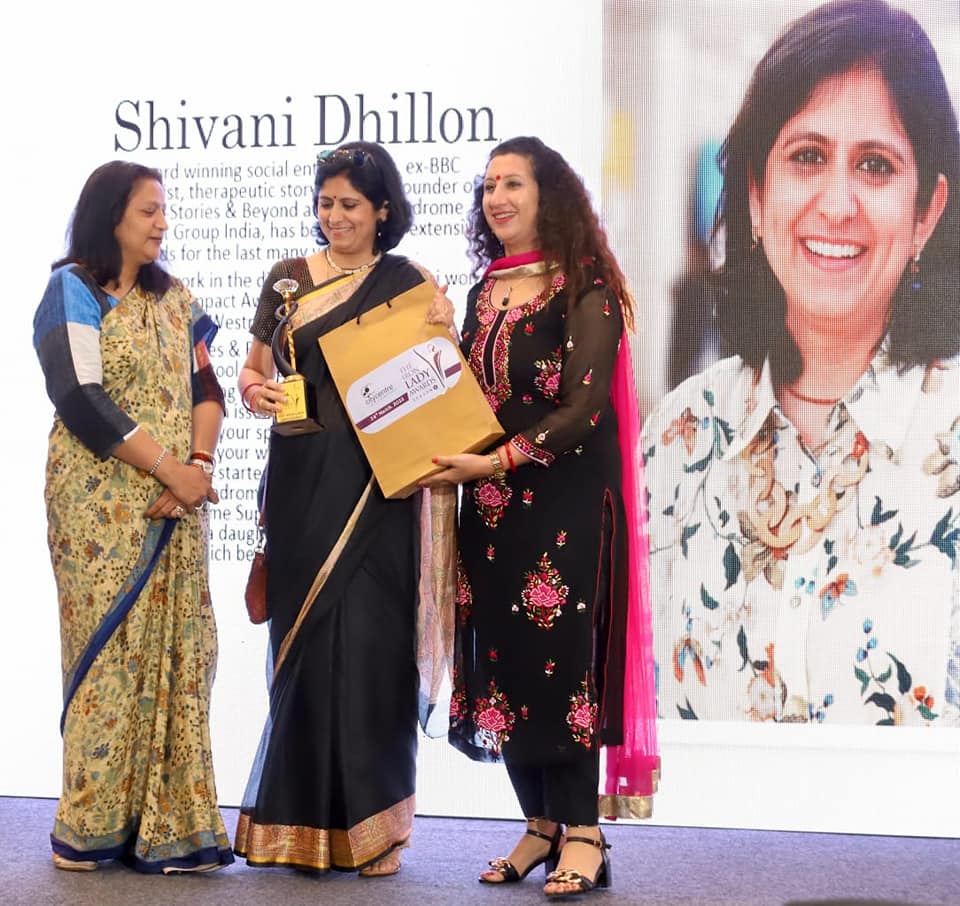
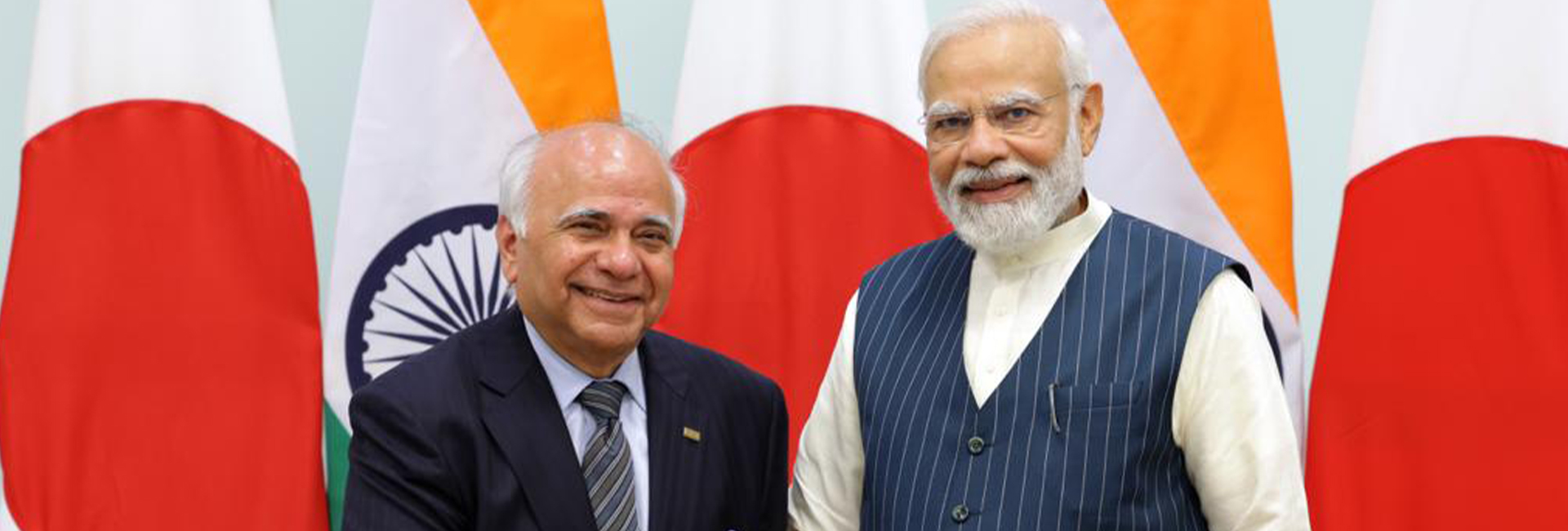
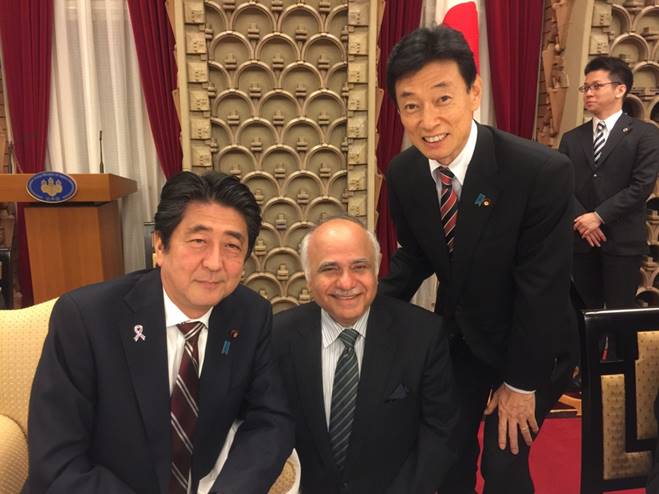 Ryuko Hira with former Japan PM Shinzo Abe[/caption]
Ryuko Hira with former Japan PM Shinzo Abe[/caption] Hotel Pearl City in Kobe[/caption]
Hotel Pearl City in Kobe[/caption]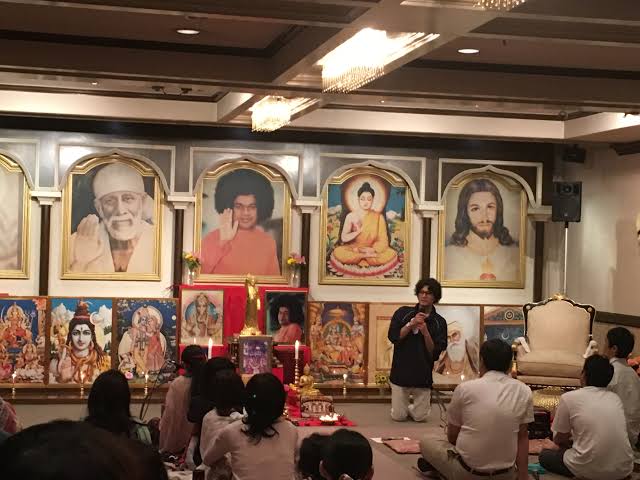 Sri Sathya Sai Prayer Hall in Tokyo[/caption]
Sri Sathya Sai Prayer Hall in Tokyo[/caption]
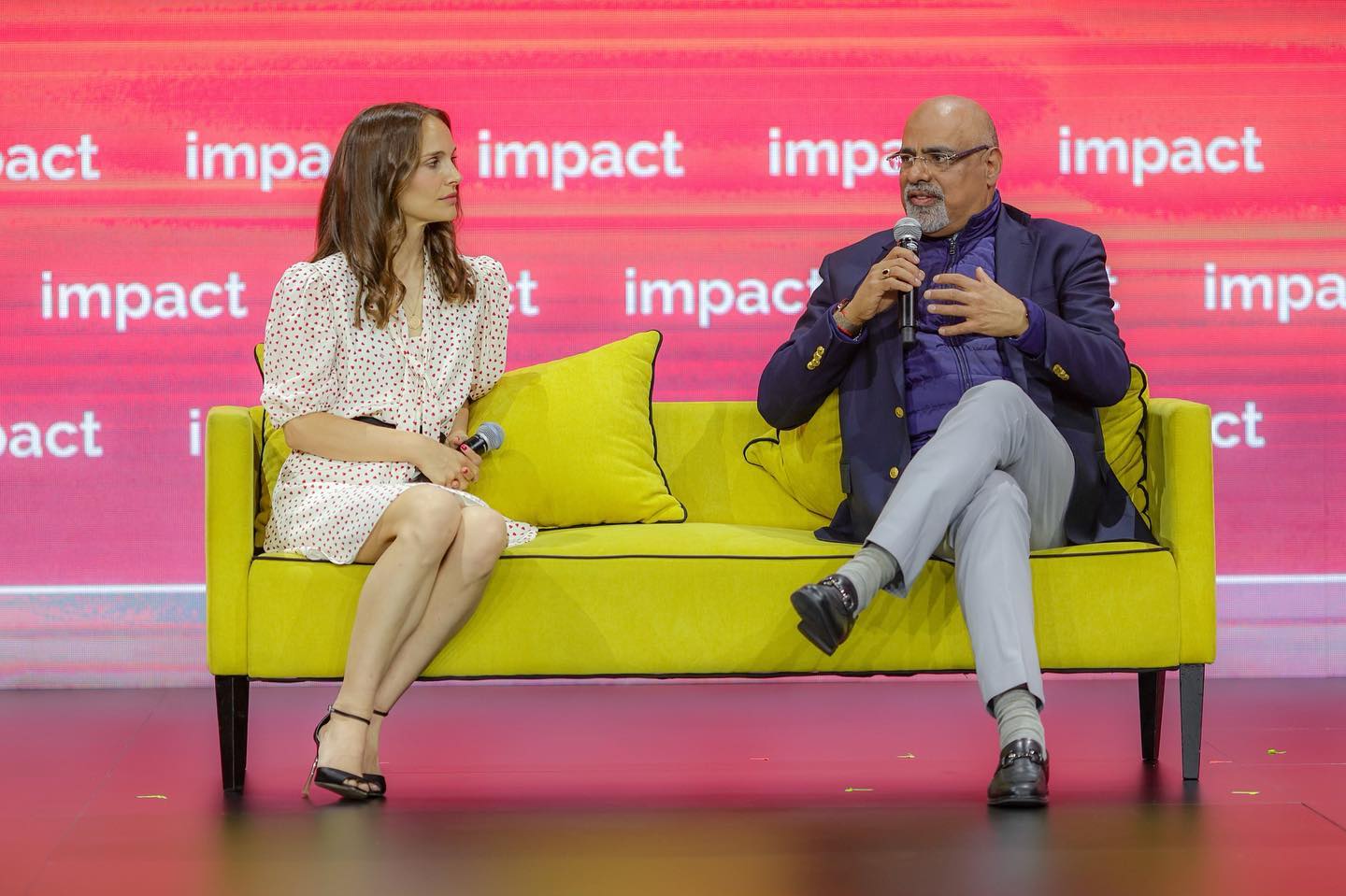 Rajamannar with Natalie Portman during an interview[/caption]
Rajamannar with Natalie Portman during an interview[/caption]
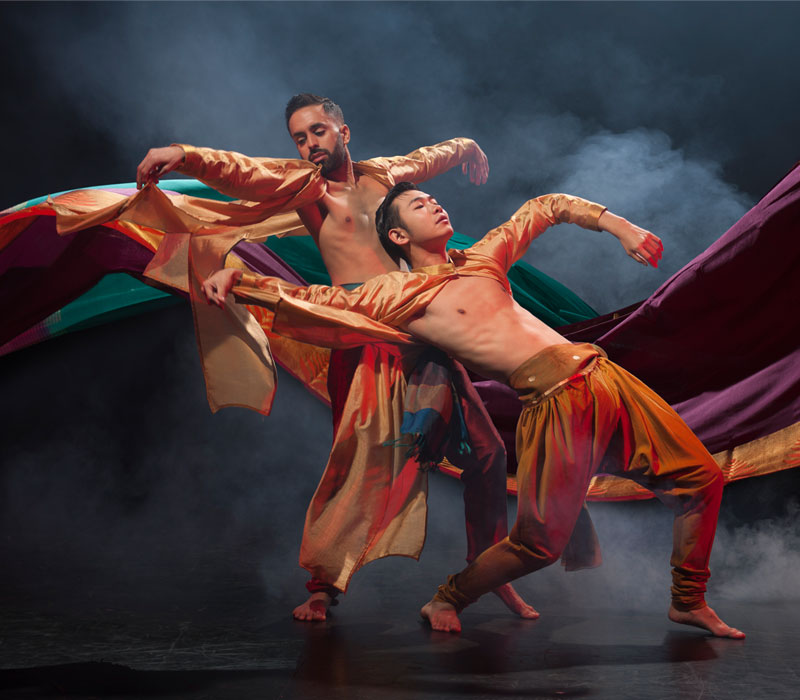
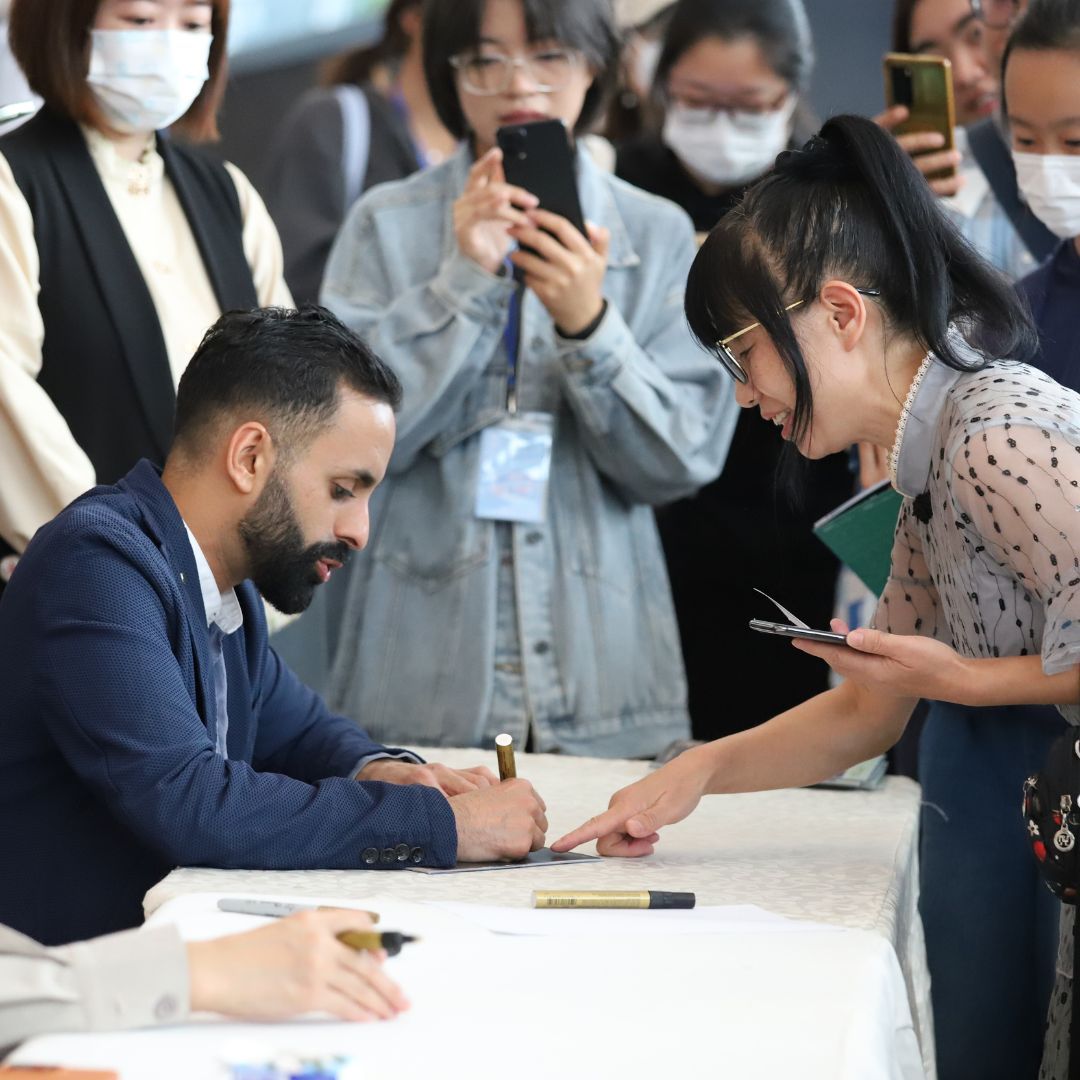

Need your appointment for developing retails in TN South Districts